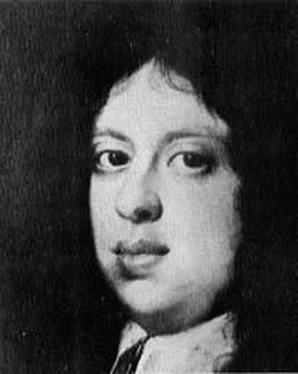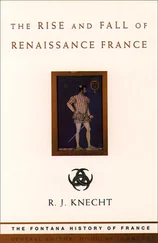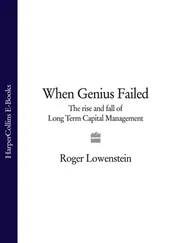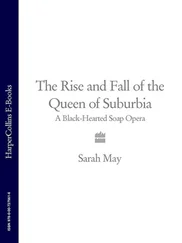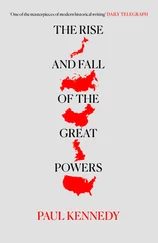
22. Florence at the time of the siege of 1529–30 as depicted by Giorgio Vasari. The Prince of Orange’s camp sprawls across the foreground. It was on Michelangelo’s advice that the defences were extended to circumvallate the hill of San Miniato on the right. The belfry of its church was protected from artillery fire by mattresses. Starved into surrender, the citizens were forced to accept the return of the Medici who had fled from Florence after the Sack of Rome.
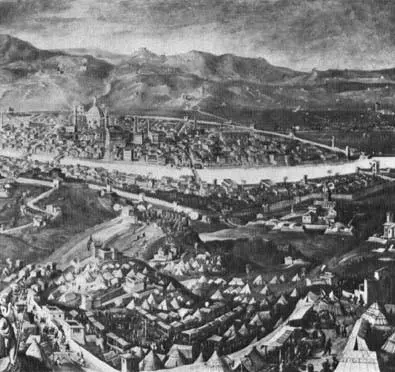
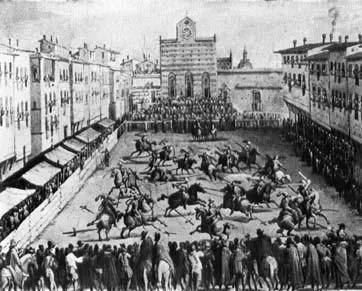
23. Ajoust in the Piazza Santa Croce where chariot races and games ofcalcio were also traditionally held. The church of Santa Croce in the background contains the tombs of Michelangelo and of several of Cosimo de’ Medici’s friends, including Leonardo Bruni. The present marble façade, though built to a seventeenth-century design, was not added until 1863.

24. The Medici Palace as it appeared after its enlargement by the Riccardi family. The upper storeys which can be seen facing the church and the overhanging cornice are as Michclozzo designed them. The church on the left is San Giovannino degli Scolopi which was rebuilt between 1579 and 1661 by Ammanati and Giulio and Alfonso Parigi.
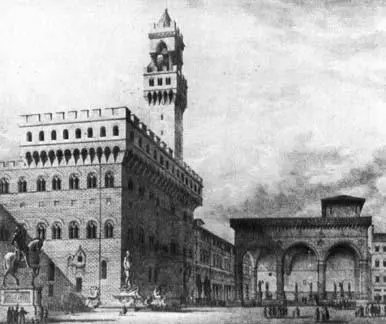
25. The Palazzo Vecchio (formerly known as the Palazzo della Signoria) and the Loggia dei Lanzi after the building of the Uffizi which can be seen behind the Palazzo.
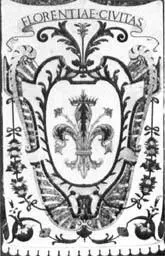
26. The lily of the commune of Florence, surmounted by the granducal coronet, as represented in mosaic in the Cappella dei Principi.
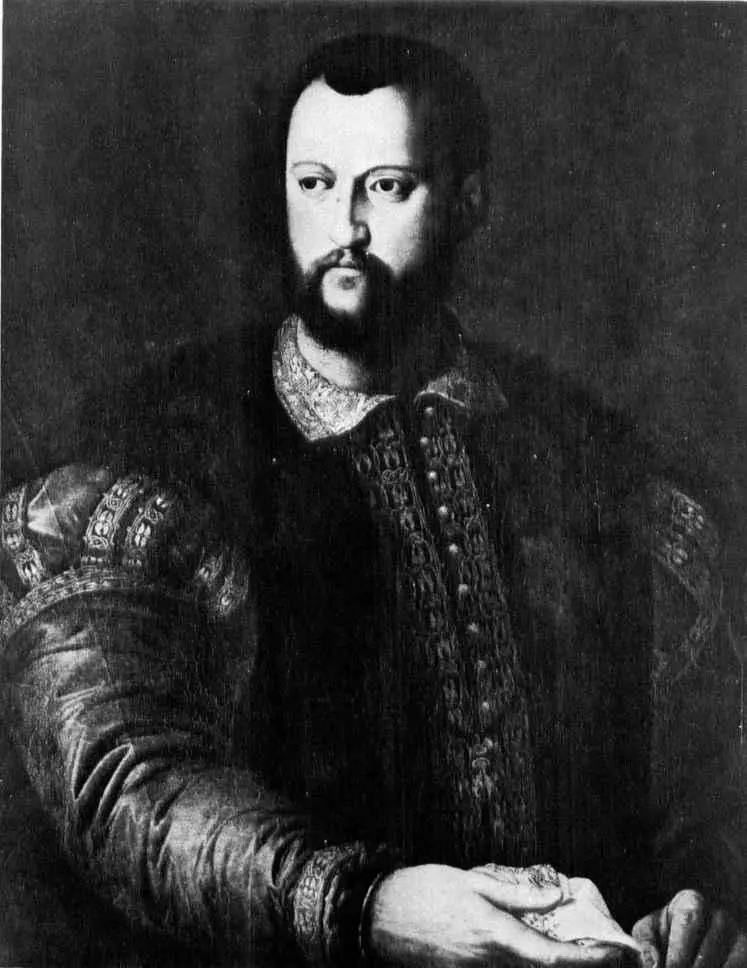
27. The Grand Duke Cosimo I, 1519–1574, by Bronzino.

28. The Grand Duke Cosimo I as portrayed by Cellini whom he treated with the ‘greatest affection’ on Cellini’s return to Florence.

29. Cosimo I’s son, the Grand Duke Fcrdinando I, 1549–1609, by Pulzone.
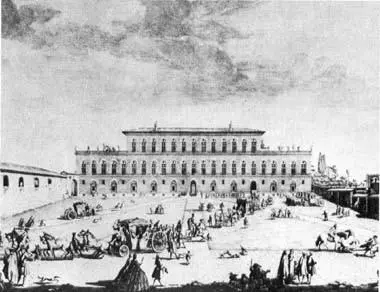
30. The Pitti Palace was bought by Cosimo I’s wife, Eleonora of Toledo, in 1549 and thereafter became the residence of the Grand Dukes of Tuscany.
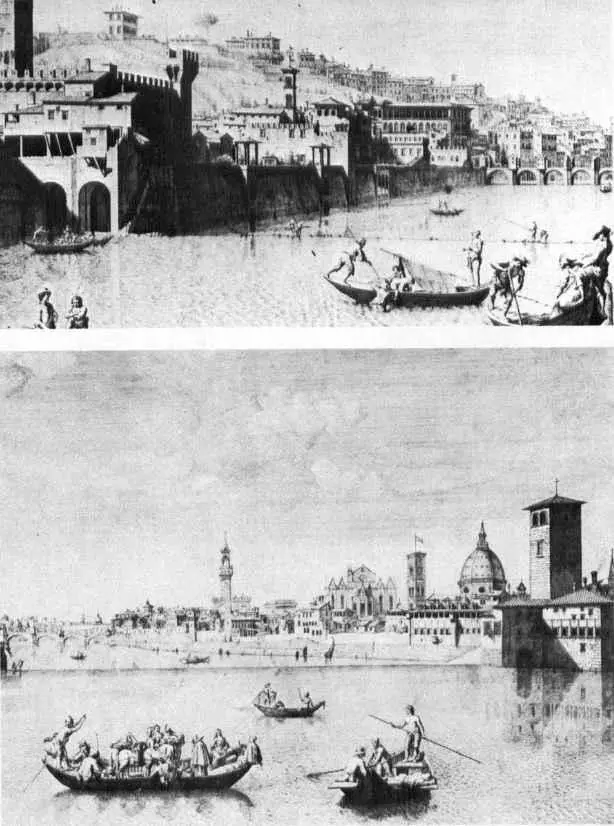
31 and 32. Two views of Florence from the Arno. In the lower picture the Palazzo Vecchio, Bruncllcschi’s dome and Giotto’s campanile are all easily identified.
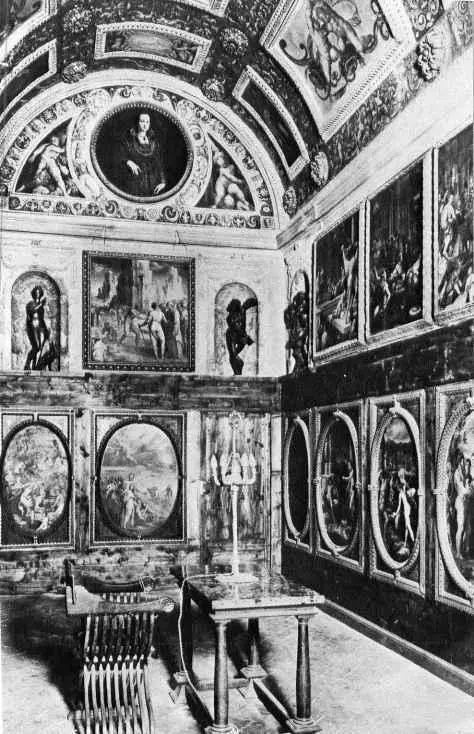
33. The studiolo of the Grand Duke Francesco I in the Palazzo Vecchio built for him by Vasari and filled with Florentine late Mannerist paintings. The circular portrait in the lunette is of Francesco’s mother, Eleonora of Toledo, by Bronzino.
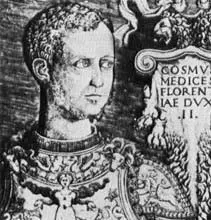
34. A portrait of Cosimo I engraved by Niccolô délia Casa in 1547 after a portrait by Baccio Bandinelli painted in 1544.
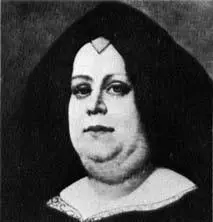
35. The Grand Duchess Vittoria della Rovere, by Dolci. She was the wife of Ferdinando II and mother of Cosimo III.
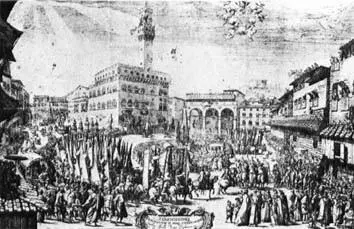
36. The festival of the Omaggi on St John the Baptist’s Day when the Grand Duke ‘received homage from such as hold territories, forts and castles of him, within his dominions… which was performed by their passing one by one before him, lowering the banner they carried’. It was celebrated every year on 24 June until 1808.

37. The Grand Duke Ferdinando II, 1610–1670, by Sustermans.
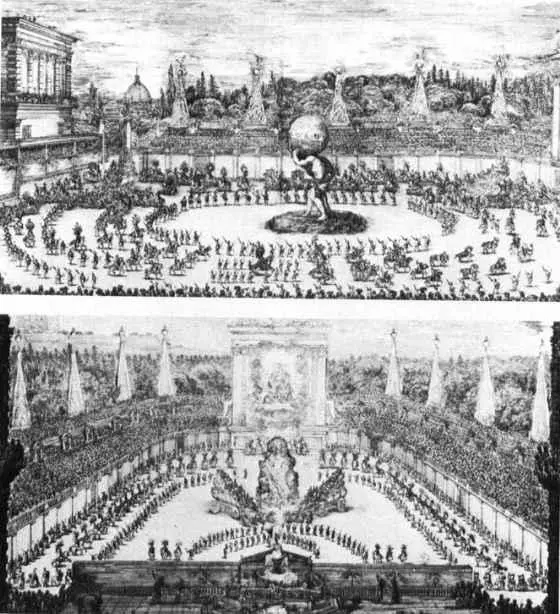
38 and 39. The spectacular performance of Il Moudo Festeggiaiite was given in the Boboli gardens before about 20,000 people to celebrate the wedding of the Grand Prince Cosimo and Princess Marguerite-Louise (see page 289). A gigantic Atlas appeared bearing the world on his shoulders and moved around the arena ingeniously propelled by hidden contrivances. After his awesome announcement that Hercules had descended from the sky for Cosimo’s wedding, the sphere on his shoulders suddenly broke, discharged its contents and transformed him into the Atlas mountain with four girls sitting round the summit. The metamorphosed giant is shown in the lower picture where horse-drawn chariots are also to be seen bearing Apollo, the sun-god, and Cynthia, goddess of the moon.

40. The Grand Prince Cosimo, later Cosimo III, 1642–1723, by Sustermans.
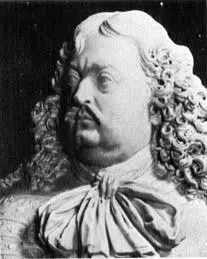
41. The Grand Prince Fcrdinando, 1663–1713, by Bernini.
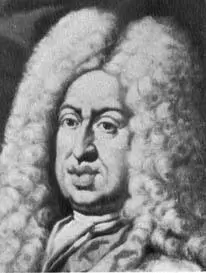
42. The Grand Duke Gian Gastone, 1671–1737.
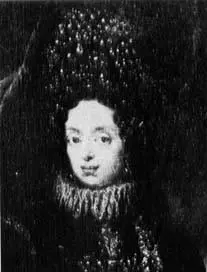
43. Princess Anna Maria de’ Medici, Electress Palatine, 1667–1743, by Douven.
NOTES ON BUILDINGS AND WORKS OF ART
1. The PALAZZO DELLA SIGNORIA, or Palazzo Vecchio, the seat of the city’s government, was begun in 1299 and enlarged and altered at various times up till the end of the sixteenth century. The courtyard was rebuilt by Michelozzo Michelozzi in the 1440s. The Sala del Maggior Consiglio was formed to accommodate the Grand Council in the time of Savonarola. During the reign of Duke Cosimo I, who moved here from the Medici Palace in 1340, the palace was remodelled and redecorated by Giorgio Vasari. When Duke Cosimo took up residence in the Pitti Palace, he handed over the Palazzo della Signoria to his son, Francesco, for whose bride, the Archduchess Joanna of Austria, the courtyard was specially decorated.
Читать дальше
